(NLDO) - Our ancestors once faced a fierce period when the Earth was suddenly no longer protected by the heliosphere.
According to Sci-News, a new study shows that an interstellar cold cloud once attacked the Solar System and caused the Earth to "fall" from the protective arms of its parent star.
That happened about 2 million years ago, or as long ago as 3 million years, according to calculations by scientists from Boston University (UK), Harvard University and Johns Hopkins University (USA).
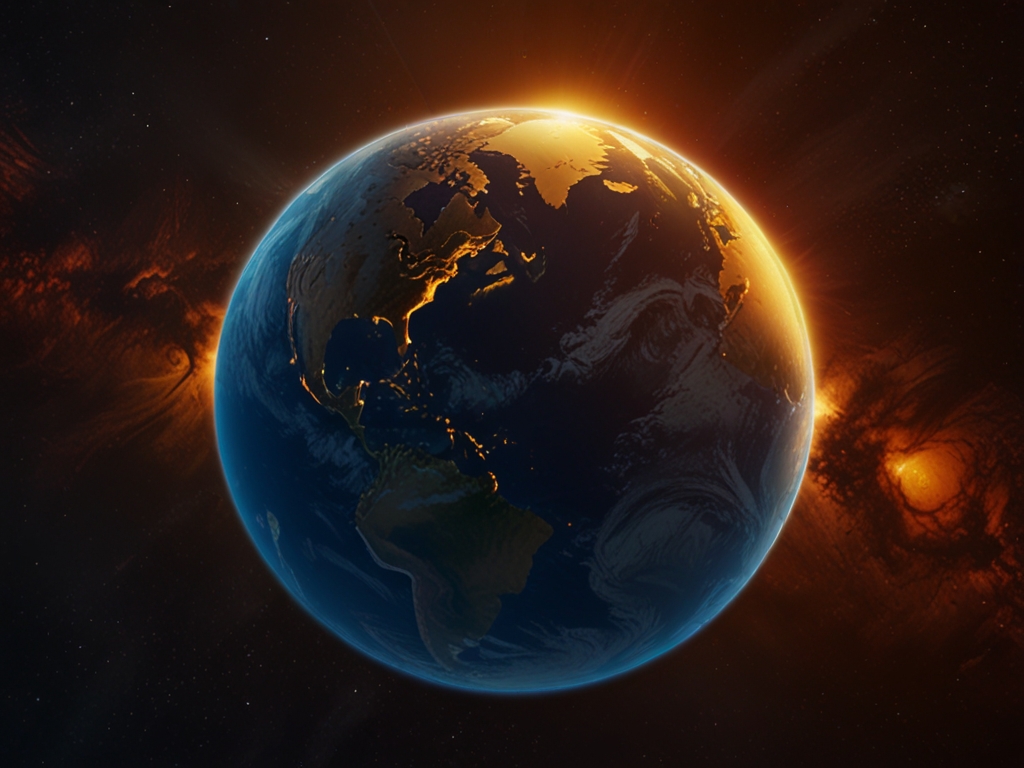
The Earth once became a "lonely person", no longer protected by its mother star? - Photo AI: Anh Thu
In recent years, several NASA spacecraft have made a breakthrough in escaping the Solar System and entering interstellar space, that is, escaping the so-called "heliosphere".
The heliosphere is a giant "bubble" that surrounds the Sun and its planets, as well as some peripheral structures including dwarf planets such as Pluto and other objects beyond Neptune.
The heliosphere is made up of plasma and the Sun's magnetic field, a cocoon where all objects inside receive protection from the parent star from harsh cosmic radiation from outside.
This protection, combined with the protection of the Earth's own magnetosphere, is an extremely important factor in helping life develop, as well as the planet's evolutionary processes to be stable and safe for many years.
But 2 million years ago, in the cold cloud attack that British and American scientists have just identified, the Earth was stripped of the protection of the heliosphere.
According to the paper published in Nature Astronomy , the authors used complex computer models to visualize the position of the Sun 2 million years ago, the state of the heliosphere and what was in it.
They also mapped the path of the Local Cold Band system, a series of large, dense, very cold clouds, made mostly of hydrogen atoms, that float between the stars.
Their simulations suggest that one of the clouds near the end of that cloud band, dubbed the Local Lynx Cold Cloud, may have collided with the heliosphere.
This collision compressed the heliosphere, so that instead of extending far beyond Pluto's orbit, it became a tiny bubble around the central region.
Unfortunately, the Earth is beyond the radius of this tiny ball.
This result is consistent with geological evidence showing increases in iron-60 and plutonium-244 isotopes in the ocean, on the Moon, Antarctic snow, and ice cores during that time period.
Those isotopes suggest that the Earth was bathed in harsh radiation in the interstellar medium, and may have gone through a severe ice age before the cloud dissipated and the heliosphere once again enveloped everything.
"Local Lynx could have continuously blocked the heliosphere for several hundred years to a million years, depending on the size of the cloud," said Professor Avi Loeb from Harvard University, a member of the research team.
Certainly life on Earth struggled at that time, including our ancestors. But this harshness may also have been what drove evolution.
Two million years ago, Homo erectus, or "upright man", was the first species to walk upright like us today and to use tools and have a social organization.
Professor Loeb also predicted that the event of "falling" from the heliosphere could recur in about 1 million years.
Source: https://nld.com.vn/bi-tan-cong-trai-dat-tung-roi-khoi-he-mat-troi-196240612100546719.htm


![[Photo] Binh Thuan organizes many special festivals on the occasion of April 30 and May 1](https://vphoto.vietnam.vn/thumb/1200x675/vietnam/resource/IMAGE/2025/5/1/5180af1d979642468ef6a3a9755d8d51)
![[Photo] "Lovely" moments on the 30/4 holiday](https://vphoto.vietnam.vn/thumb/1200x675/vietnam/resource/IMAGE/2025/5/1/26d5d698f36b498287397db9e2f9d16c)



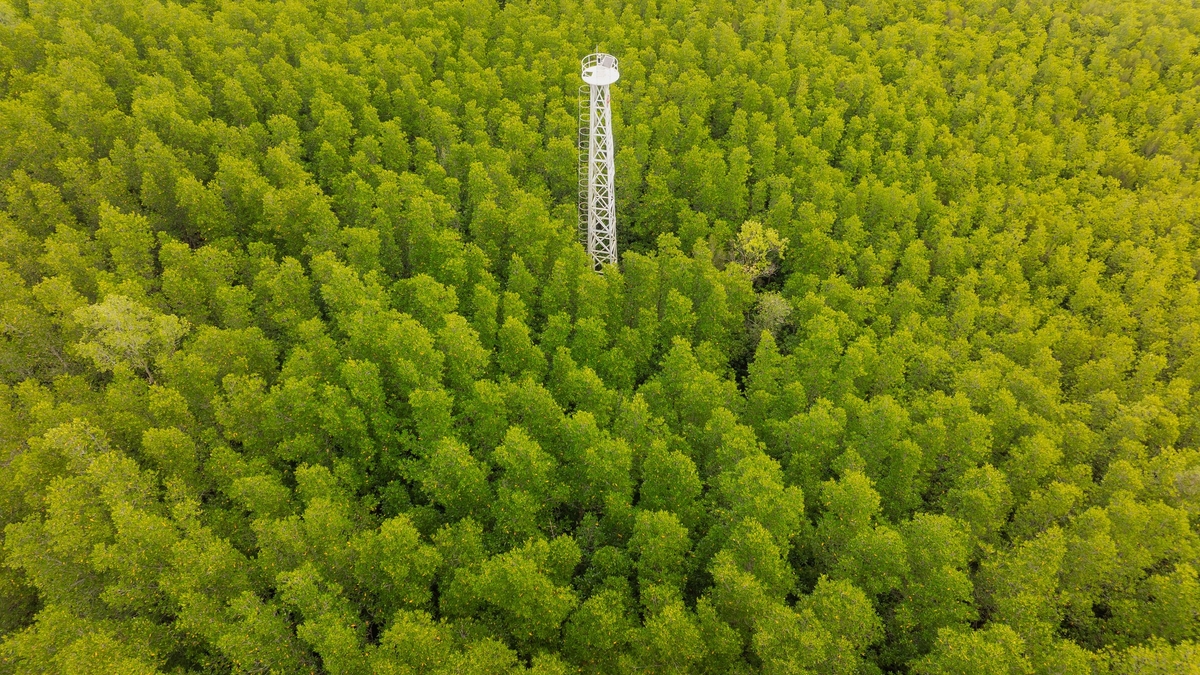


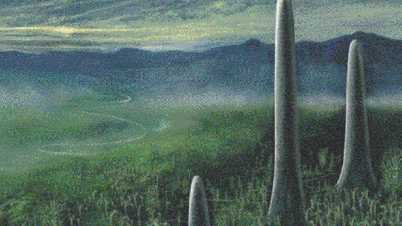
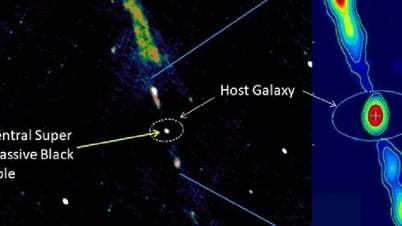



![[Video] The role of intellectuals in effectively implementing Resolution 57-NQ/TW](https://vphoto.vietnam.vn/thumb/402x226/vietnam/resource/IMAGE/2025/5/2/9b2b1a73840f43848d14cbdcc88426a5)
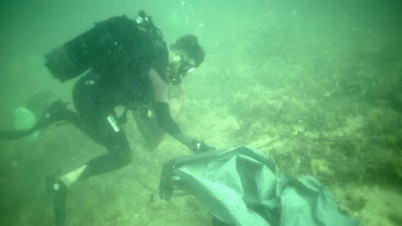















![[Photo] Ha Giang: Many key projects under construction during the holiday season](https://vphoto.vietnam.vn/thumb/1200x675/vietnam/resource/IMAGE/2025/5/1/8b8d87a9bd9b4d279bf5c1f71c030dec)




































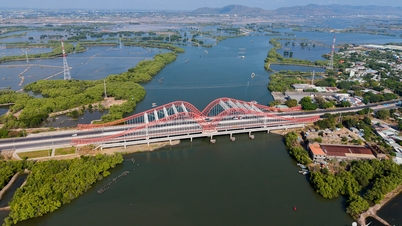






























Comment (0)